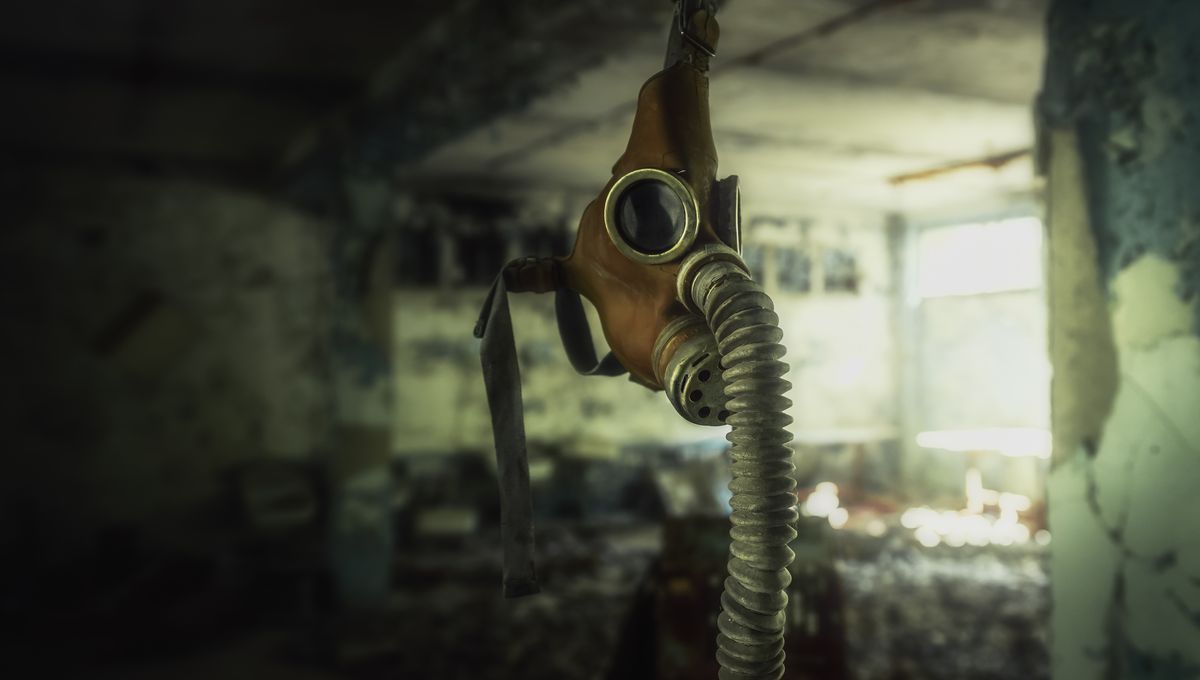
Three of the most cataclysmic nuclear events of the 20th century took place in three cities, two in Japan and one in Ukraine. We are probably all familiar with what happened in each case, but what isn’t so clear is why people have been able to live and thrive in Hiroshima and Nagasaki but not in Chernobyl.
What happened?
The stories of these different disasters are well known today but worth going over. In early August 1945, at the end of the Second World War, the United States detonated two nuclear bombs (named Little Boy and Fat Man, respectively) over the Japanese cities of Hiroshima and Nagasaki, three days apart. In total, the aerial assault resulted in somewhere between 129,000 and 226,000 deaths, most of which were civilians. Even those who rushed to the city to help victims after the explosions quickly succumbed to the radiation.
In the years that followed, many of the survivors reported cases of leukemia, as well as other cancers and hideous conditions. Pregnant women exposed to the blasts went on to experience significantly higher rates of miscarriages and infant mortality. Those children who did survive birth were more likely to have developmental disabilities, intellectual impairment, stunted growth, and an increased risk of developing cancer.
Explosions and fissile materials
The main difference between these cases is the nature of the disasters themselves – or, more specifically, how a nuclear explosion can differ from a nuclear reactor explosion. The bombs dropped on Hiroshima and Nagasaki were detonated far above ground level. This maximized the explosions’ yields, causing greater immediate damage, but it also reduced the levels of radiation. In contrast, the explosion at Chernobyl, which was much smaller and occurred at ground-level, threw over 400 times as much radioactive material into the atmosphere as well as leaving large chunks of nuclear fallout debris (parts of the reactor contaminated by radiation) in the local area.
Then there is the quantity of fissile material used in each location. Most nuclear weapons and nuclear reactors run off enriched uranium containing high concentrations of the isotope uranium-235 (U-235). This particular isotope forms the fuel for reactors and is the stuff that makes a bomb go boom. This is achieved through fission, whereby neutrons are used to split U-235 atoms, which liberates large amounts of energy. When a U-235 atom splits, it also releases more neutrons. Those neutrons then split more U-235 atoms releasing more energy, and so on in what is a nuclear chain reaction.
In a nuclear weapon, the aim is to maximize the amount of energy released by consuming as much of the uranium as quickly as possible. This reaction does not require that much uranium to achieve a significant explosion – 1 kilogram (2.2 pounds) of U-235 can liberate energy equivalent to about 17 kilotons of TNT. Little Boy, the bomb dropped on Hiroshima, held 64 kilograms (141 pounds) of uranium and its purity (the amount of U-235 it contained) was only about 80 percent.
In contrast, a nuclear reactor uses control rods to absorb additional neutrons so that the fission chain reaction can be sustained at lower intensity and for far longer. As such, a reactor will require significantly larger amounts of enriched uranium to fuel it – Chernobyl contained about 180 tons of fuel.
Nuclear reactors also generate high levels of nuclear by-products that are extremely radioactive. This nuclear waste is generally classified as low-level (LLW), intermediate-level (ILW), or high-level (HLW) depending on its contents. Although there are various radioactive substances in nuclear waste, the most harmful are caesium, iodine, and graphite (which is used as a moderator in some nuclear reactors like Chernobyl).
Typically, when nuclear fuel is spent – no longer generating energy – it is replaced and stored at the reactor until it can be safely disposed of or recycled for further use. However, in the case of Chernobyl, the explosion released this material into the atmosphere and the surrounding environment. These by-products have long half-lives, which means they remain harmful to humans for far longer.
It is these factors that make Chernobyl an inhospitable place today.
Source Link: This Is Why You Can Live In Hiroshima And Nagasaki But Not Chernobyl